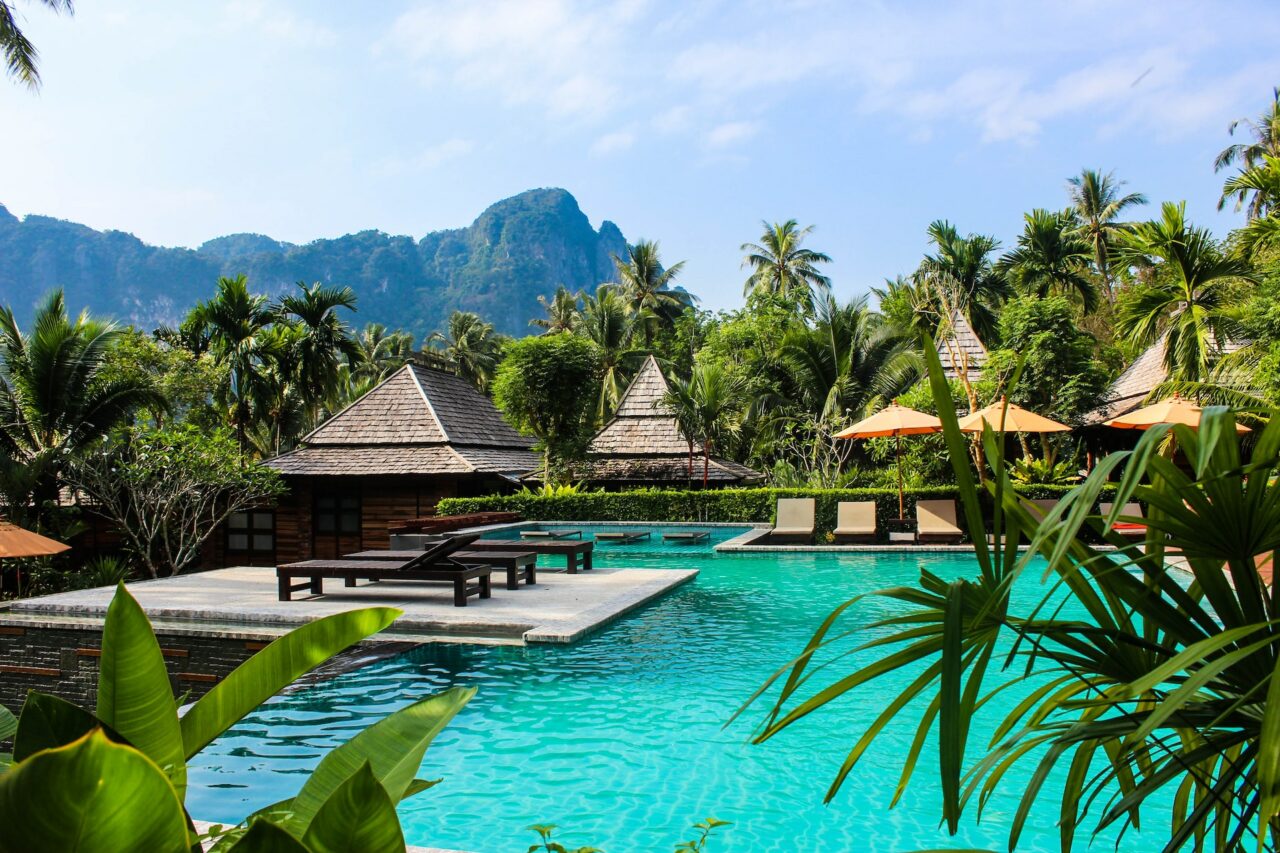Travel photography is more than just capturing landscapes and landmarks; it’s about capturing the essence of a place, its people, and its culture. It allows us to share our experiences and memories with others and serves as a visual diary of our adventures. Whether you are a seasoned traveler or planning your first trip, taking stunning photos can enhance your travel experience and help you share your story with the world.
This article will discuss essential planning, equipment, camera settings, and composition techniques, including panorama stitching, to help you capture stunning travel photos. We will also cover post-processing, sharing, and storage tips to ensure your photos look their best and are safely stored for years.
Do Pre-Travel Homework
Crafting Your Shot List
Before you pack, plan your shots. Create a checklist of specific landmarks, activities, or moments you want to document. Research your destination, find inspiration, and decide on the story you want to tell. Leave room for spontaneity, but a shot list will ensure you don’t miss crucial shots.
Decoding Weather and Light
Understand the weather and lighting conditions at your destination. Check the forecast and plan accordingly. Overcast days are great for portraits, and street scenes, and sunny days for landscapes. Consider the time of day; golden hours offer soft, warm light that can add magic to your photos.
Considering Local Customs and Etiquette
Understanding the local culture will help you capture respectful and meaningful photos and enhance your overall experience. Some cultures find it disrespectful to photograph people without permission, and there may be restrictions on photographing certain sites. Research can ensure you capture your photos respectfully and ethically.
Gear Up!
Choose a DSLR or mirrorless camera for more control and higher-quality images. A versatile lens, such as a 24-70mm, will allow you to capture a wide range of shots. Include a lightweight tripod or stabilizer for capturing sharp images in low-light conditions.
Additional Gear
Pack extra batteries and memory cards, as you’ll be taking lots of photos and may not have access to power for recharging. Choose a comfortable camera bag that provides easy access to your gear. Consider a set of filters for controlling light and enhancing landscapes. Don’t forget cleaning equipment—a simple lens cloth and brush can help keep your gear in shape during travels.
The right gear will set you up for success and help you capture stunning travel photos.
Master the Basics
Essential Camera Settings
- Aperture: Adjusts the amount of light entering the camera. A wide aperture (e.g., f/2.8) allows more light in, while a narrow aperture (e.g., f/16) allows less light.
- Shutter Speed: Determines how long the camera’s sensor is exposed to light. Slow shutter speeds (e.g., 1 second) can capture movement, while fast shutter speeds (e.g., 1/1000th of a second) freeze action.
- ISO: Controls the camera’s sensitivity to light. A low ISO (e.g., 100) is best for bright conditions, while a higher ISO (e.g., 1600) is better for low-light situations.
Key Composition Techniques
- Rule of Thirds: Imagine your image is divided into nine equal segments by two vertical and two horizontal lines. Try to position the most important elements along these lines or at the points of intersection.
- Leading Lines: Use natural lines to lead the eye into the picture.
- Panorama Stitching: Combine multiple images to create a wide, panoramic photo. This technique is perfect for capturing vast landscapes or city skylines.
Understanding and utilizing these settings and techniques will be instrumental in capturing stunning travel photos.
Remember About Post-Processing
Basic Editing
Even the best photos can benefit from some basic editing. Adjusting the exposure, contrast, and saturation can make your images pop. Cropping can help improve composition, and sharpening can bring out the details.
Panorama Stitching
Panorama stitching is an advanced editing technique combining multiple images to create a wide, panoramic photo. This is especially useful for capturing vast landscapes or city skylines that can’t be captured in a single shot. Various free and paid software options can help you with panorama stitching.
Storing and Sharing
Once you’ve edited your photos, storing them properly is essential. Use a cloud service or an external hard drive to ensure your photos are safe. Additionally, sharing your pictures on social media or a personal blog can be a great way to showcase your work and share your experiences with others.
Proper post-processing, storing, and sharing are crucial final steps to ensure your travel photos look their best and are safely preserved.
Conclusion
Capturing stunning travel photos involves a combination of preparation, the right equipment, mastering basic photography skills, capturing the perfect moment, and proper post-processing. Remember the importance of understanding the local culture and being respectful when photographing people.
By following these tips and techniques, including panorama stitching, you’ll be well on your way to capturing travel photos that tell a compelling story and evoke emotions.
So, pack your bags, grab your camera, and start capturing the world one stunning photo at a time!

